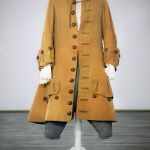
4 – 30 August
Besides the works of Mozart, from the mid-1920s on Richard Strauss’s operas formed a second mainstay of the Salzburg Festival. In 1926, Ariadne auf Naxos was in the repertoire, in 1929 the first Rosenkavalier, which came to be a central work in the Festival programme.
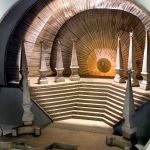
26 July – 30 August
When a music programme was planned for the first time for the newly established Festival in 1922, it was obvious that this should be held with the Vienna Philharmonic Orchestra and the ensemble of the Vienna State Opera.
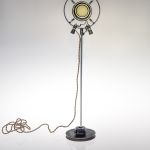
30 July – 28 August
In 1927, improvements were yet again carried out on the Festival Hall, this time the stage area. A proscenium curtain was added, the stage technics refined, the orchestra pit enlarged. The intention was to perform opera in this theatre.
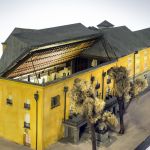
7 – 29 August
After the remodelling of the Festival Hall broke the back of the budget, facing the Salzburg Festival Theatre Association with bankruptcy, Governor Franz Rehrl endeavoured to rescue it. The Festival Hall was taken over into the ownership of the City and was rented out to the Festival Theatre Association.
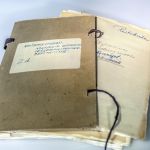
13 – 31 August
In summer 1925, the former riding school complex was used for the first time as provisional festival hall for Hofmannsthal’s mystery play Das Salzburger grosse Welttheater / The Salzburg Great World Theatre directed by Max Reinhardt. Even before it was possible to perform in the impressive Felsenreitschule / Summer Riding School, the large Winter Riding School of 1840 was adapted as a theatre space (later: Small Festival Hall, since 2006: House for Mozart).

Festival not held
Various factors led to a cancellation of the performances of the Marian legend Das Mirakel / The Miracle by Karl Vollmoeller, to be directed by Reinhardt and planned for August 1924 in the Kollegienkirche / Collegiate Church: grave differences between the Salzburg and Vienna branches of the Festival Theatre Association, financial problems and numerous commitments of those in charge of the Festival – for instance, in April of that year, Max Reinhardt had taken over as director of the Theater in der Josefstadt and his troupe was on tour in America. The Festival did not take place.
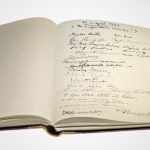
21 – 24 August
In spring 1918, Max Reinhardt had purchased the former family seat of Prince Archbishop Firmian (1727–1744) built around 1740 and with sensitive renovations and remodelling subsequently revived the palace to its earlier brilliance.
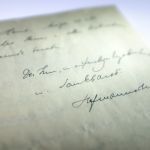
13 – 29 August
On 13 August 1922, Hugo von Hofmannsthal’s Das Salzburger grosse Welttheater directed by Max Reinhardt received its first performance in the Kollegienkirche/Collegiate Church, which meant a further provisional venue was being activated.

2 – 23 August
The plans announced in January 1921 for a four-week festival with two guest performances by the Vienna State Opera and other theatre productions, besides Jedermann, had to be shelved.
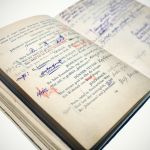
22 – 26 August
The performance of Hugo von Hofmannsthal’s Jedermann directed by Max Reinhardt on 22 August 1920 on Domplatz / Cathedral Square marked the birth of the Salzburg Festival, despite all reservations against the enterprise at a time of hunger and privation.
4 – 30 August
Besides the works of Mozart, from the mid-1920s on Richard Strauss’s operas formed a second mainstay of the Salzburg Festival. In 1926, Ariadne auf Naxos was in the repertoire, in 1929 the first Rosenkavalier, which came to be a central work in the Festival programme.
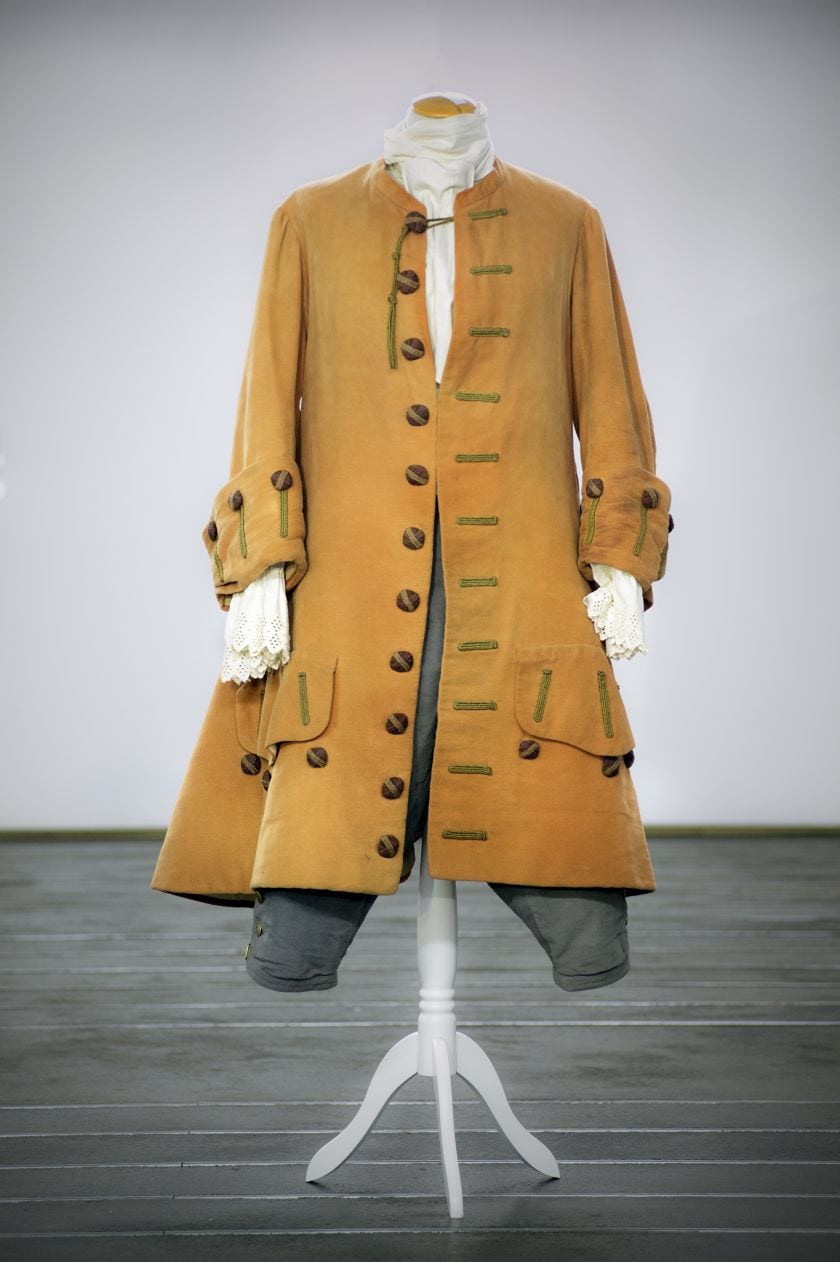
As in the first performance in Vienna in 1911, the role of Baron Ochs auf Lerchenau at the Festival was played by Richard Mayr from Salzburg.
The first night on 12 August 1929 turned out at the same time to be a theatrical obituary for the librettist and Festival co-founder Hugo von Hofmannstahl, who had died in July. Clemens Krauss conducted, Lothar Wallerstein took over the stage direction of Rosenkavalier and Alfred Roller the set and costumes, based on his designs for the world première (Dresden, 1911, directed by Max Reinhardt).
The costume has been preserved in the estate of the singer Richard Mayr in the collection of the Salzburg Museum.
